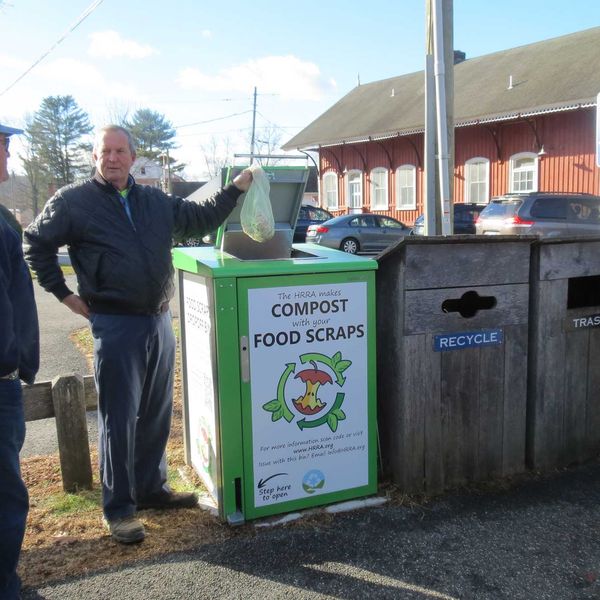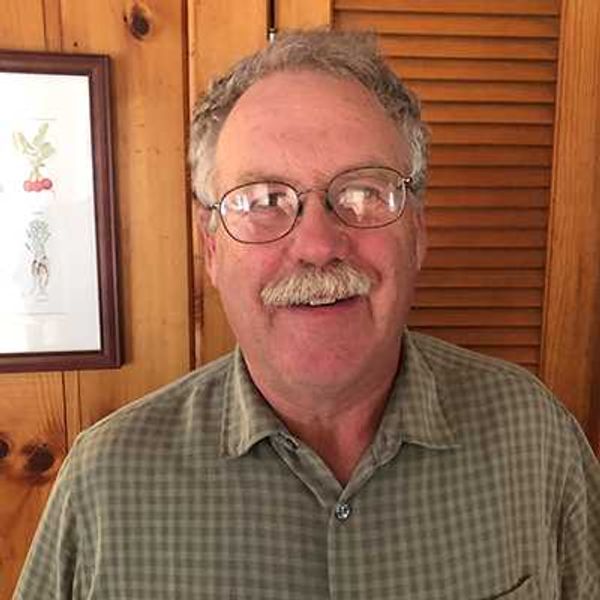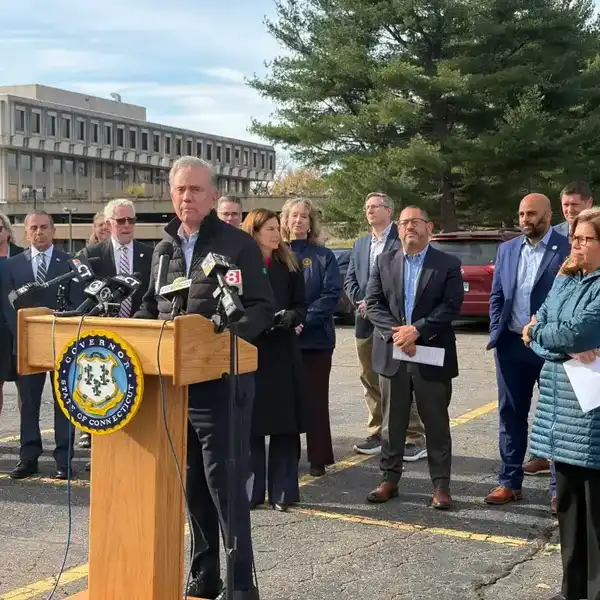Wine sales in supermarkets: Renewed push has package stores primed for battle
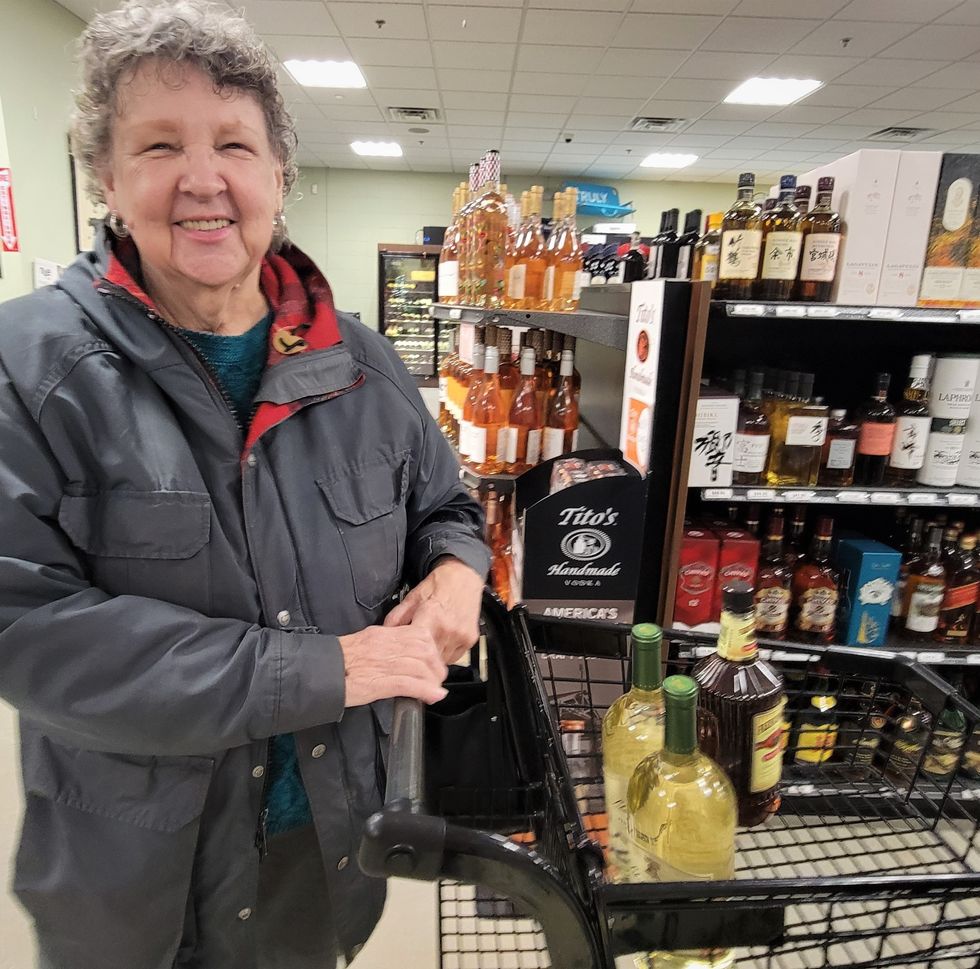
Laura Babcock of Salisbury said she makes most of her wine purchases at Stateline Wine and Spirits in North Canaan, and she intends to remain a loyal customer.
Photo by Debra A. Aleksinas
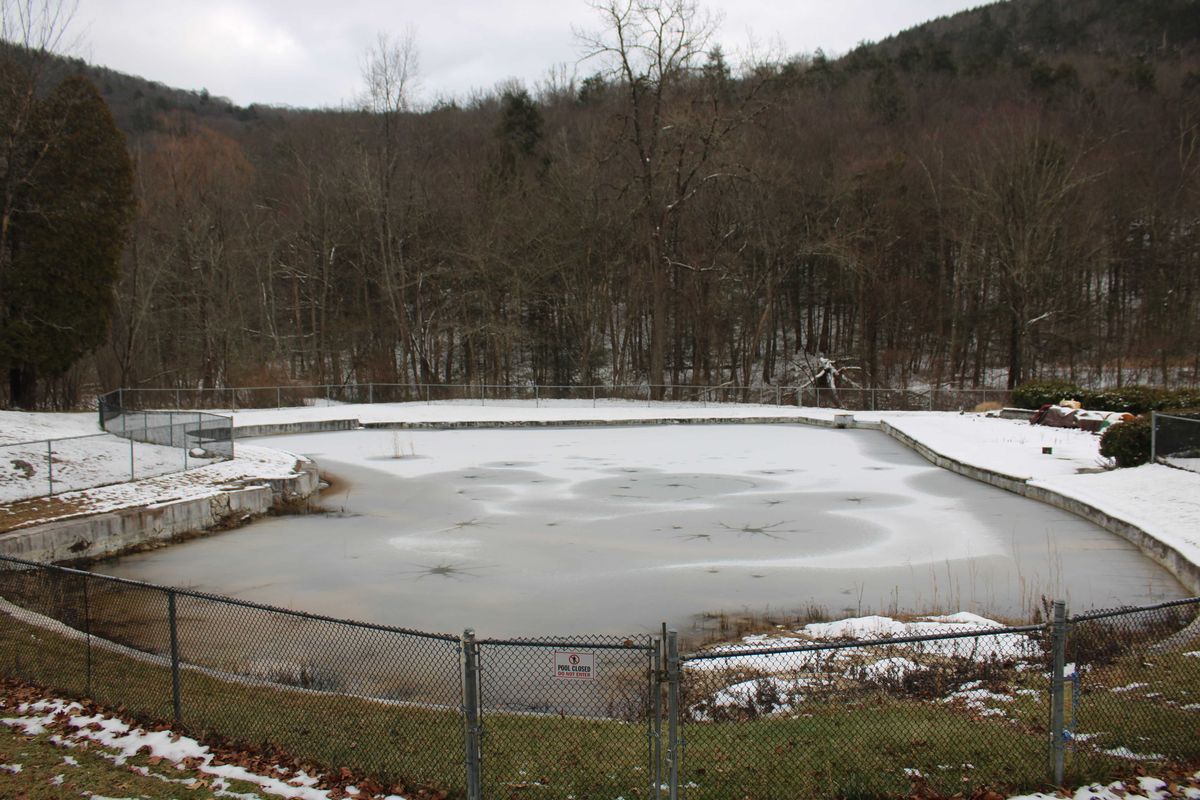

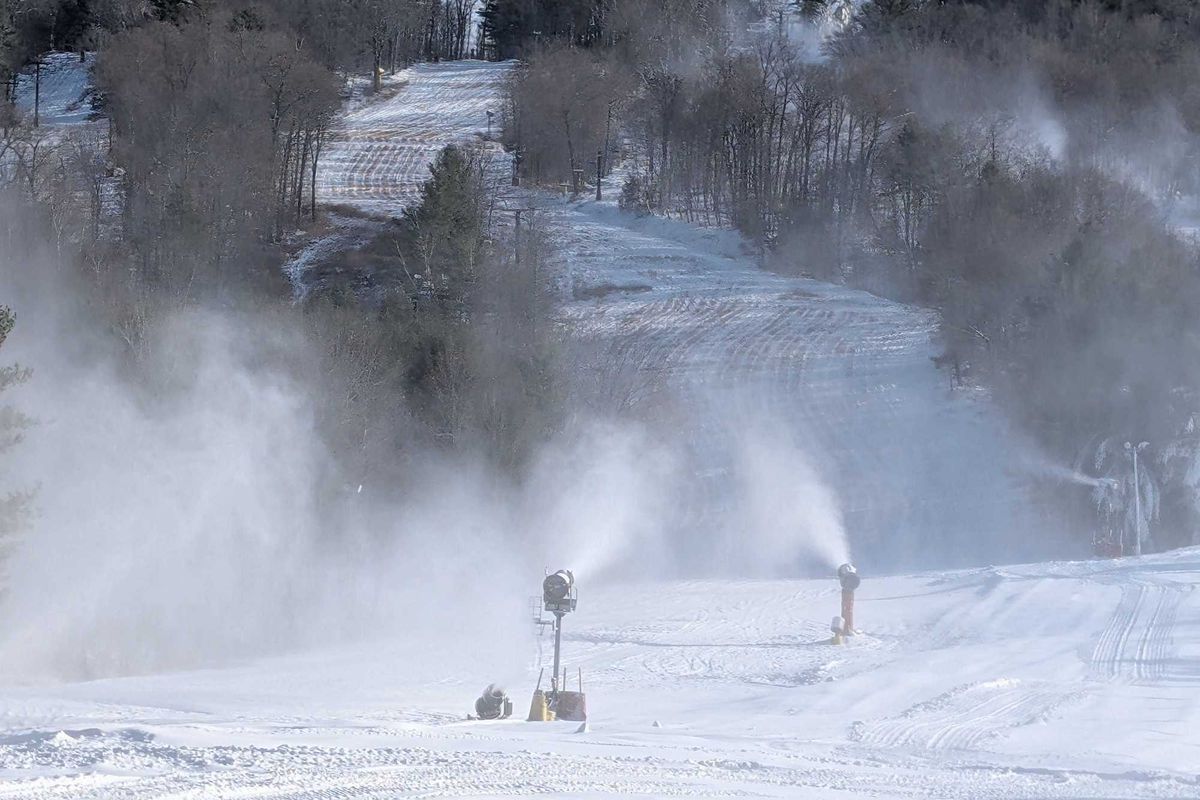

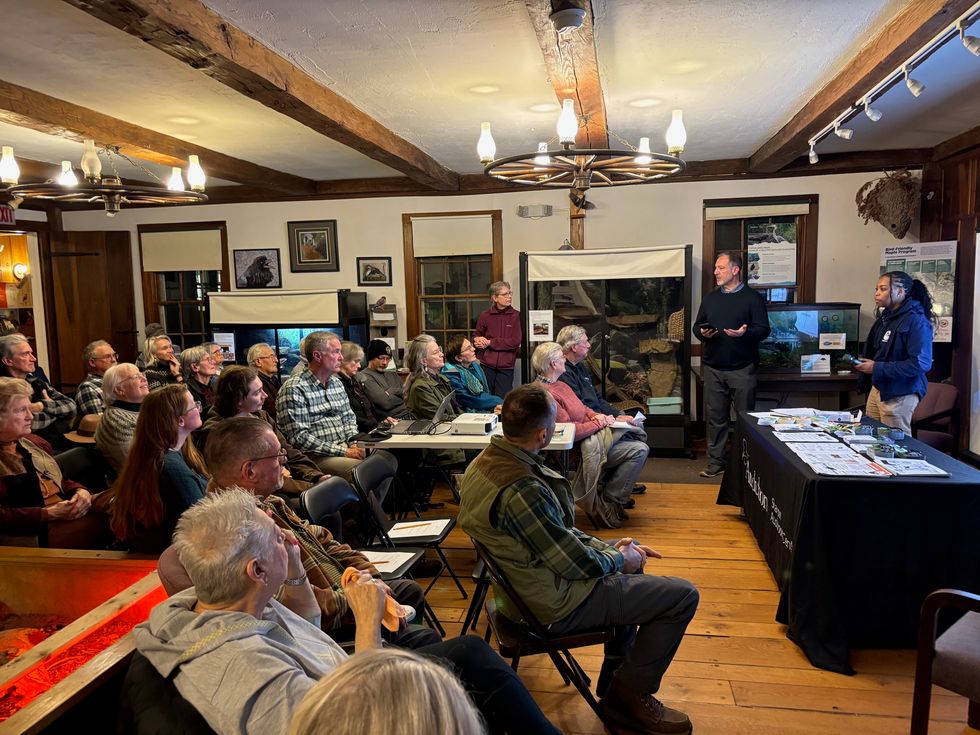 Attendees at the DEEP meeting in Sharon on Dec. 3By Christian Murray
Attendees at the DEEP meeting in Sharon on Dec. 3By Christian Murray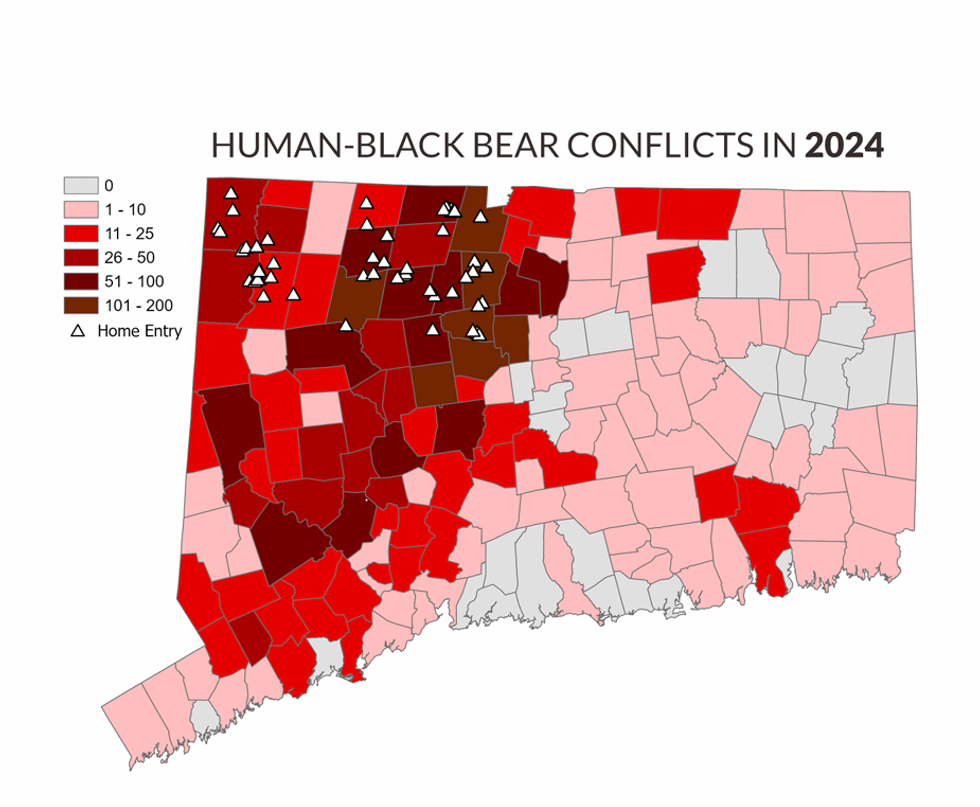 From the State of the Bears Report released March 2025CT DEEP
From the State of the Bears Report released March 2025CT DEEP